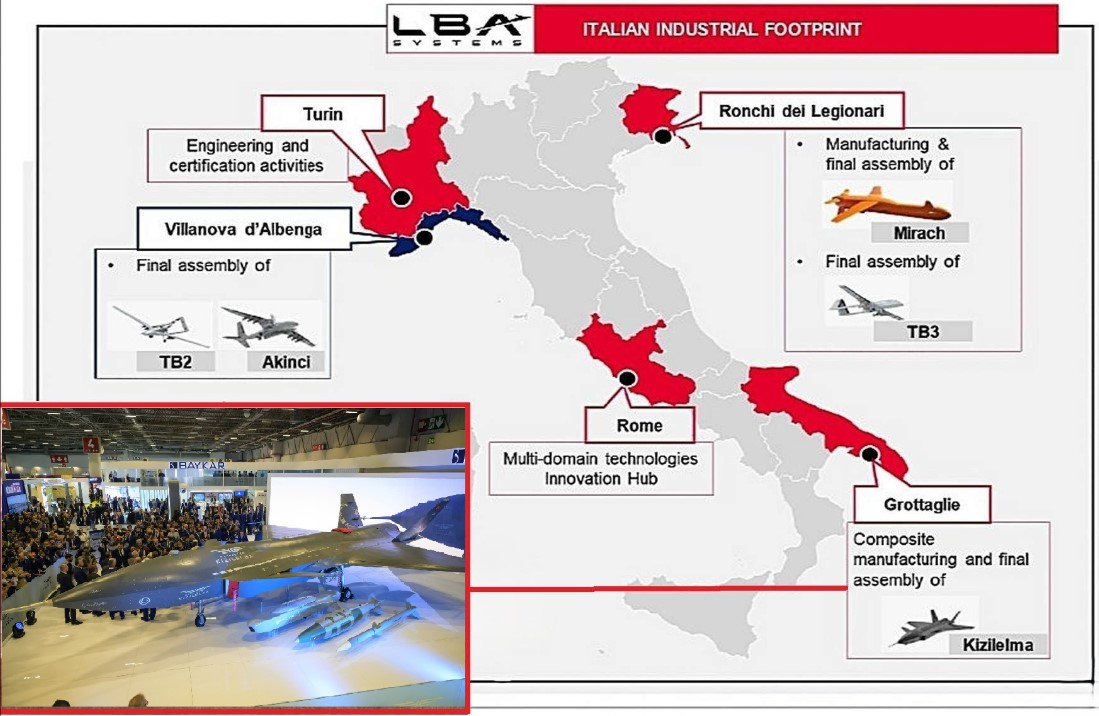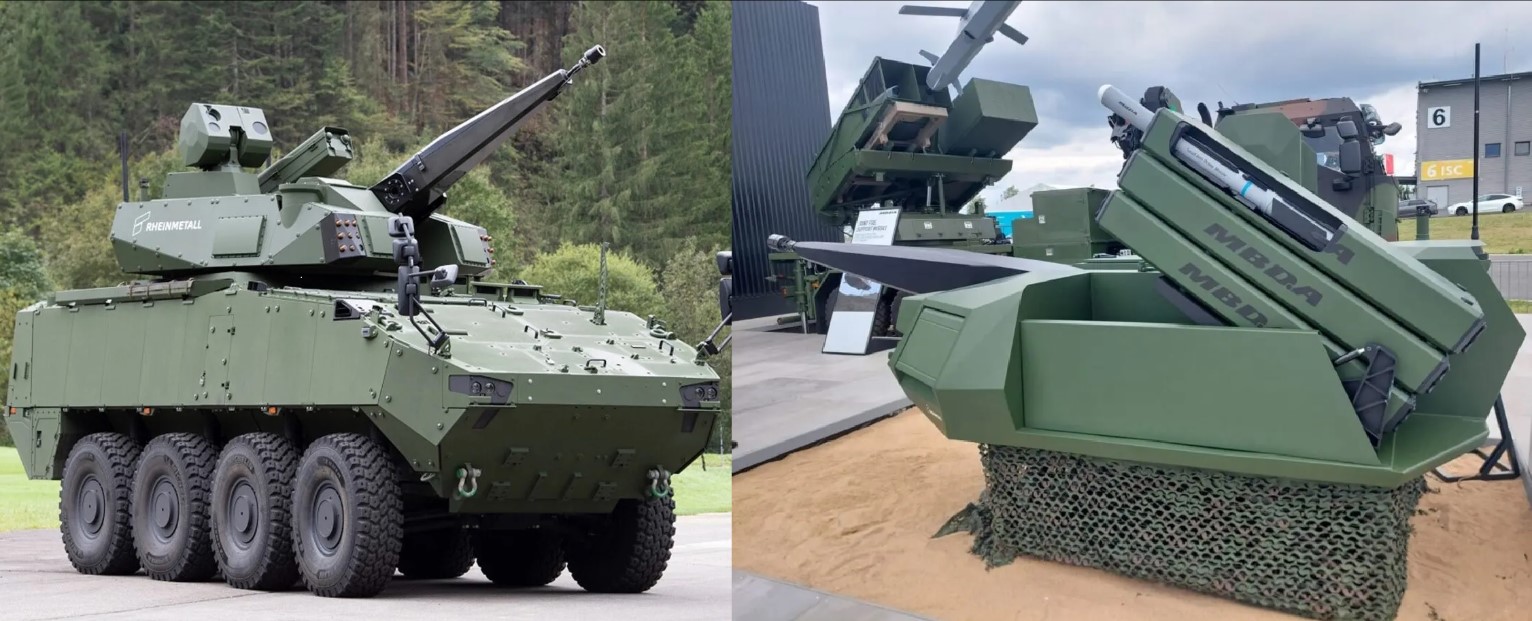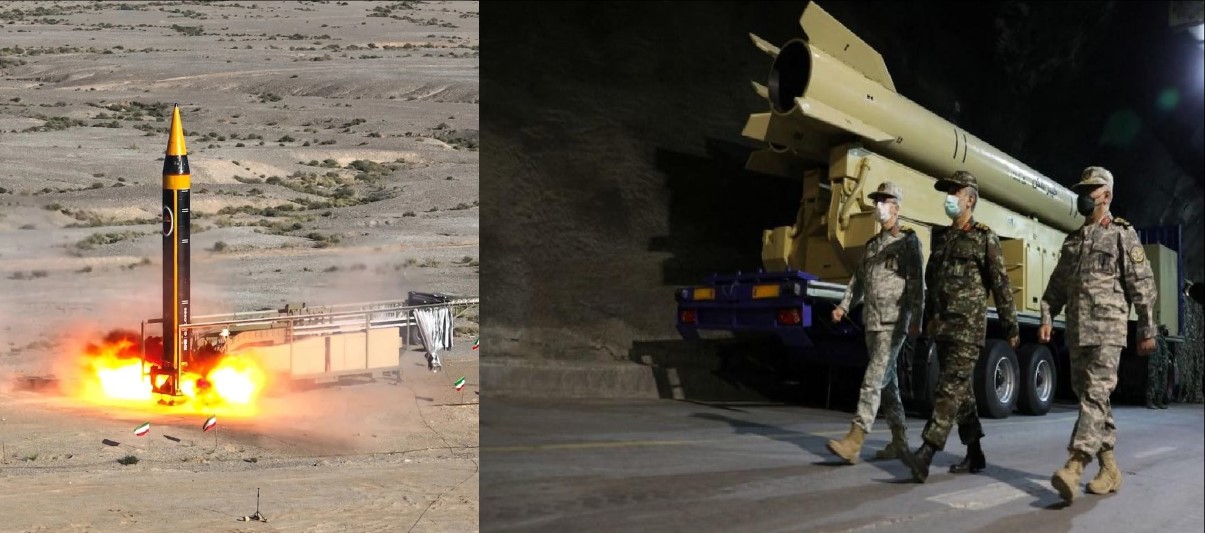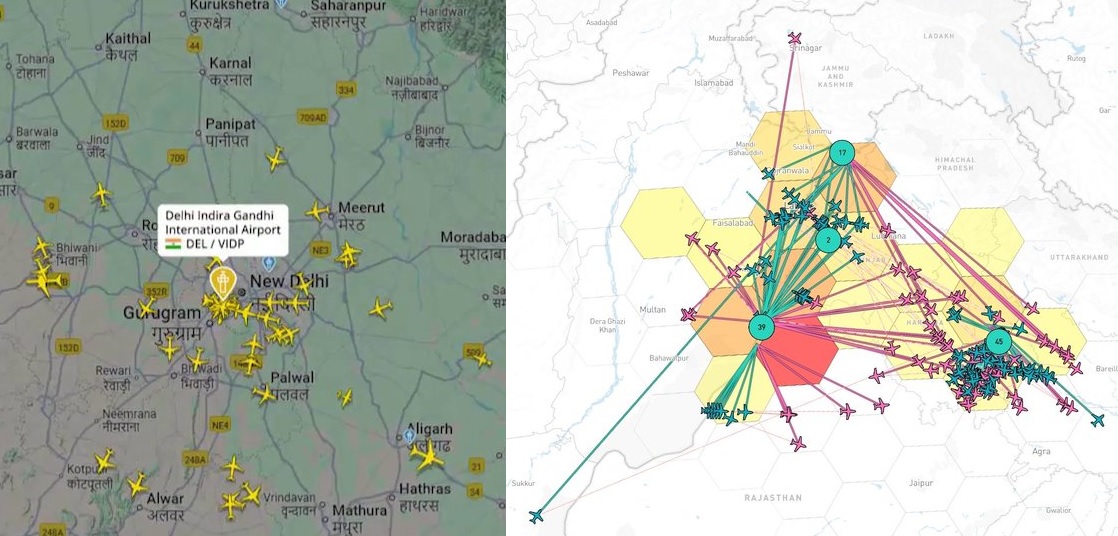Italy to Build Baykar Drones Under Leonardo Partnership, Including Jet-Powered Kizilelma

In a move that could reshape Europe’s role in the global drone industry, Italy’s Leonardo has announced detailed plans to co-produce Baykar’s full range of unmanned aircraft — including the TB2, TB3, Akinci, and the jet-powered Kizilelma — under a new joint venture named LBA Systems.
Unveiled during Leonardo’s 3Q/9M 2025 Results Presentation on 5 November 2025, the partnership represents a significant leap from maintenance and licensing deals toward full-scale manufacturing and systems integration. It effectively establishes Italy as the first European Union hub for mass production of Baykar’s battle-proven UAVs, with a focus on European certification standards, indigenous sensors, and advanced weapon integration.
Building a European UAV Hub
The LBA Systems venture is designed to set up final assembly lines in Italy, where Leonardo will integrate local avionics, communication systems, and mission payloads into Baykar airframes. Production will cover a wide range of platforms:
-
Bayraktar TB2 – the combat-proven medium-altitude tactical UAV that gained global attention in Ukraine and the Caucasus.
-
Bayraktar TB3 – a navalized version capable of short takeoff and landing, optimized for carrier operations.
-
Akinci – a high-altitude, long-endurance UAV capable of carrying cruise missiles and advanced sensor pods.
-
Kizilelma – Baykar’s latest jet-powered stealth UCAV, capable of supersonic flight and autonomous operations.
Leonardo’s industrial contribution will include electro-optical payloads, radar systems, and weapon integration — ensuring that each variant meets EU airworthiness and export compliance standards.
Strategic Significance for Europe
The collaboration arrives at a critical time. European countries are racing to modernize their aerial capabilities amid shifting defense priorities and supply chain vulnerabilities. By transferring part of Baykar’s production to Italy, both companies are creating an EU-based supply line for advanced unmanned systems — effectively insulating production from export restrictions and third-country dependencies.
This also means future European operators could receive UAVs that are assembled, tested, and certified within the EU, making procurement faster and more politically straightforward. For Leonardo, it transforms Italy from a buyer and maintainer into a co-producer — a leap that elevates the country’s position in NATO’s emerging unmanned ecosystem.
Integration and Technology Sharing
The LBA Systems program aims to combine Baykar’s combat-tested airframes with Leonardo’s sophisticated sensor and mission packages, such as the Grifo radar family, ESM/ELINT suites, and European-standard data links. Leonardo’s precision weapons, including Brimstone-class missiles, guided bombs, and future directed-energy payloads, are expected to be adapted for compatibility with the Bayraktar series.
For the Kizilelma UCAV, this collaboration could lead to an enhanced “European variant,” equipped with Leonardo’s Gallium Nitride (GaN)-based radar and future AI-assisted target recognition modules. Sources in Rome suggest initial assembly of Kizilelma could begin at Leonardo’s facilities in Venegono or Turin, with deliveries targeted toward both domestic and European export customers by 2027–2028.
Economic and Industrial Impact
The venture promises to create hundreds of high-skill jobs in Italy’s aerospace sector and expand Leonardo’s UAV footprint, which has so far focused on surveillance and rotary-wing drones. Analysts see it as a bridge between Turkish innovation and European regulatory structure, offering Baykar access to NATO-compatible markets and Leonardo a foothold in one of the fastest-growing segments of global defense.
By localizing production, Italy can also meet growing domestic and EU-level demand for long-endurance ISR and strike platforms, reducing reliance on American or Israeli suppliers. The partnership is expected to strengthen the European defense industrial base, aligning with ongoing EU initiatives to support strategic autonomy in key technologies.
A New Chapter in European Drone Cooperation
In essence, the Leonardo–Baykar partnership marks a turning point for both companies — and for Europe’s UAV landscape. It blends Turkish efficiency and combat experience with European certification, integration, and export flexibility, paving the way for a new generation of unmanned aircraft built and supported within the EU.
As global demand for drones surges and regulatory barriers tighten, Italy’s emergence as a European co-production center for TB2, Akinci, and Kizilelma signals more than industrial cooperation — it signals a strategic shift toward autonomous, certified, and scalable defense manufacturing inside Europe itself.
✍️ This article is written by the team of The Defense News.





